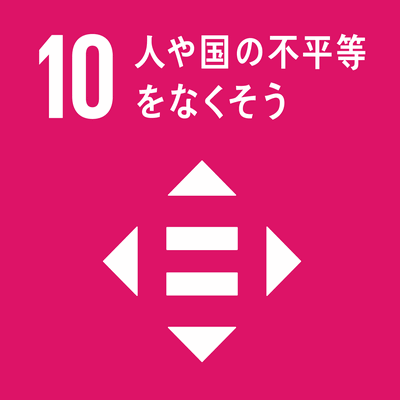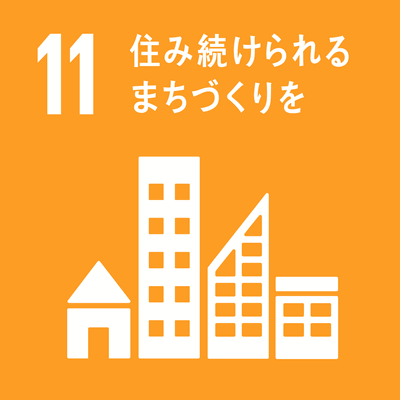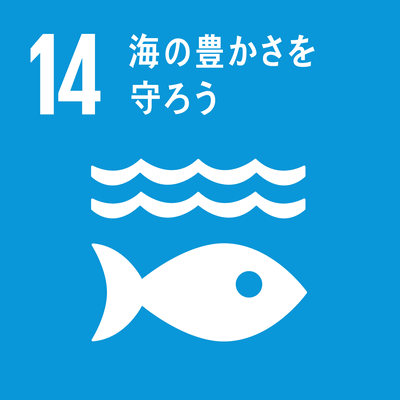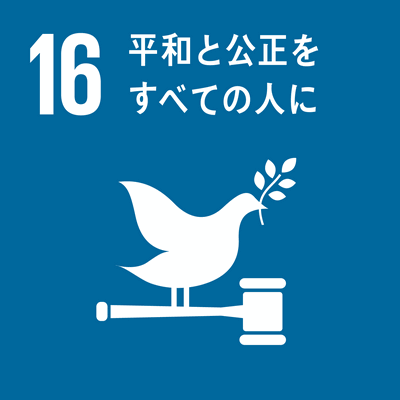シラバス表示
シラバスの詳細な内容を表示します。
→ 閉じる(シラバスの一覧にもどる)
科目の基本情報
| 開講年度 | 2020 年度 | |
|---|---|---|
| 開講区分 | 教養教育・教養統合科目・国際理解・現代社会理解 | |
| 受講対象学生 |
学部(学士課程) : 1年次, 2年次, 3年次, 4年次, 5年次, 6年次 |
|
| 授業科目名 | 国際理解特殊講義 | |
| こくさいりかいとくしゅこうぎ | ||
| Lecture Course in International Understanding | ||
| 授業テーマ | 世界遺産と私たち | |
| 単位数 | 2 単位 | |
| ナンバリングコード | libr-comp-ILEC1211-008
|
|
| 開放科目 | 非開放科目 | |
| 分野 | 社会 (2014年度(平成26年度)以前入学生対象) | |
| 開講学期 |
後期 |
|
| 開講時間 |
金曜日 1, 2時限 |
|
| 開講場所 | 国際交流センター 視聴覚室(総合研究棟Ⅱ2階) | |
| 担当教員 | マホニー・ブライアン・ジェームス(非常勤講師) | |
| MAHONEY, Brian James | ||
| Instructor can be contacted through CIER office. | ||
| SDGsの目標 |
|
|
学修の目的と方法
| 授業の概要 | To introduce, explore and reflect upon the many wonders, both natural and man-made, that exist around our world. Extended reading, feature film & documentary, oral presentation and written research reports will also give students the opportunity to express facts, viewpoints and opinions in English. A creative art project is also an important component of this course. |
|---|---|
| 学修の目的 | This course will introduce the student to several amazing wonders, some natural, some man-made, around our world and focus on understanding key points of interest associated with each of these wonders. The importance of these wonders in our world and also the threats that these wonders face will be examined and discussed. |
| 学修の到達目標 | The specific goals of the course are for students to learn about: the UNESCO World Heritage Centre & World Heritage sites, including those that are currently under in danger status. Additionally, students will learn to write introductory research reports covering aspects relating to Criteria for establishing Outstanding Universal Value, amongst other key points. For students to create personal artwork that along with site research can be presented / discussed with members of our class. |
| ディプロマ・ポリシー |
|
| 成績評価方法と基準 | 100 total points: 1st assignment (35 points), 2nd assignment (35 points), 3rd assignment (15 points), other performances (15 points). *Students who miss 1/3 or more of classes will not receive credit. |
| 授業の方法 | 講義 演習 |
| 授業の特徴 |
問題自己設定型PBL プレゼンテーション/ディベートを取り入れた授業 グループ学習の要素を加えた授業 地域理解・地域交流の要素を加えた授業 教員と学生、学生相互のやり取りが、ほぼ英語で進められる授業 |
| 授業改善の工夫 | |
| 教科書 | The course will make use of the UNESCO World Heritage Centre online site as a main source of information. Additonal materials will be provided by the instructor. Students have access to university computers made available in the classroom. |
| 参考書 | Documentary and Feature Film: Several titles throughout the course will be presented in order to provide additional support to subject matter. These films will be shown in English/Japanese with English/Japanese subtitles. |
| オフィスアワー | Friday after class: 12:00 - 12:30 (CIER Classroom) |
| 受講要件 | This is an English content class and therefore a strong background in English writing, reading and communication is necessary for success in this class. For our Japanese students a minimum score of 600 on the TOEIC test is required. *An above average score of at least 730 points on the TOEIC test is a strong indicator of English ability needed for success in this course. |
| 予め履修が望ましい科目 | |
| 発展科目 | |
| その他 | Please note that a short essay may be required prior to official acceptance into this class. If the essay is necessary, the information will be given at the first class session. |
授業計画
| MoodleのコースURL |
|---|
| キーワード | 世界遺産、保存、修復、芸術、神話 |
|---|---|
| Key Word(s) | World Heritage, Preservation, Restoration, Outstanding Universal Value, In Danger Status |
| 学修内容 | Class 1: Course Introduction. Students will respond in writing to several questions in regards to the course topic. Class 2: UNESCO World Heritage Centre: An introduction to the preservation efforts of three key sites, Abu Simbel (Egypt), Borobudur (Indonesia), and Venice (Italy) that led to the establishment of the World Heritage Charter. Preliminary list / International Council on Monuments & Sites / Selection Committee. Class 3: Project One: World Heritage in Danger. Criteria for establishing Outstanding Universal Value will be discussed. Part One of the film "Mountain Patrol" will be shown in class. Class 4: Part two of the film "Mountain Patrol" will be shown in class. Key issues raised in the film will be discussed, for example: indigenous people's land rights, resource extraction on protected land, maintaining biodiversity vs. economic profit, etc. Class 5: Students will receive one In Danger site from those (currently 54 sites) on the World Heritage list for further research. Students will begin preparations (rough draft) for a research report about the site. Class 6: Sketch books will be provided for each student. They will begin to prepare artwork that reflects the current in danger status of the site. Sketch ideas may include, a drawing, storyboard, etc. Class 7: Research Report (final draft) for in danger site is due in class. Students will continue to prepare their artwork. Classes 8 / 9: During these two class sessions students will present their work individually and later in a class-wide format. Assessment of student work (Research Report / Artwork / Presentation) will be provided for each student. Class 10: Project Two: Topics may include, Religious Heritage Sites in Asia, Local Heritage in Mie prefecture, Earthen Architecture (WHEAP Programme), etc. Students will be notified about off campus visit to Mie Prefectural Art Museum. Class 11: Students will prepare a second Research Report (rough draft) for the topic under focus. Class 12: The second project includes a media presentation. Students will incorporate a media presentation along with their research report. Class 13: Research Report (final draft) for topic is due in class. Students will continue to prepare their media presentation. Class 14 & 15: Students will present their final assignment work in a class-wide format. Assessment of student work (Research Report / Slideshow / Presentation) will be provided for each student. Class 16: An overall assessment will be provided for each and every student. |
| 事前・事後学修の内容 | Each class session will include several preview questions related to current or upcoming material to be covered. These may include examples such as, what is Art Deco & identifying examples of Art Deco architecture in Japan. For off campus excursions, preview questions may need to be answered at length in writing. |




